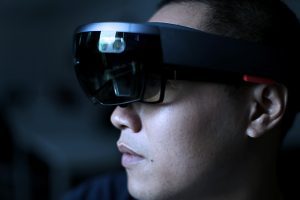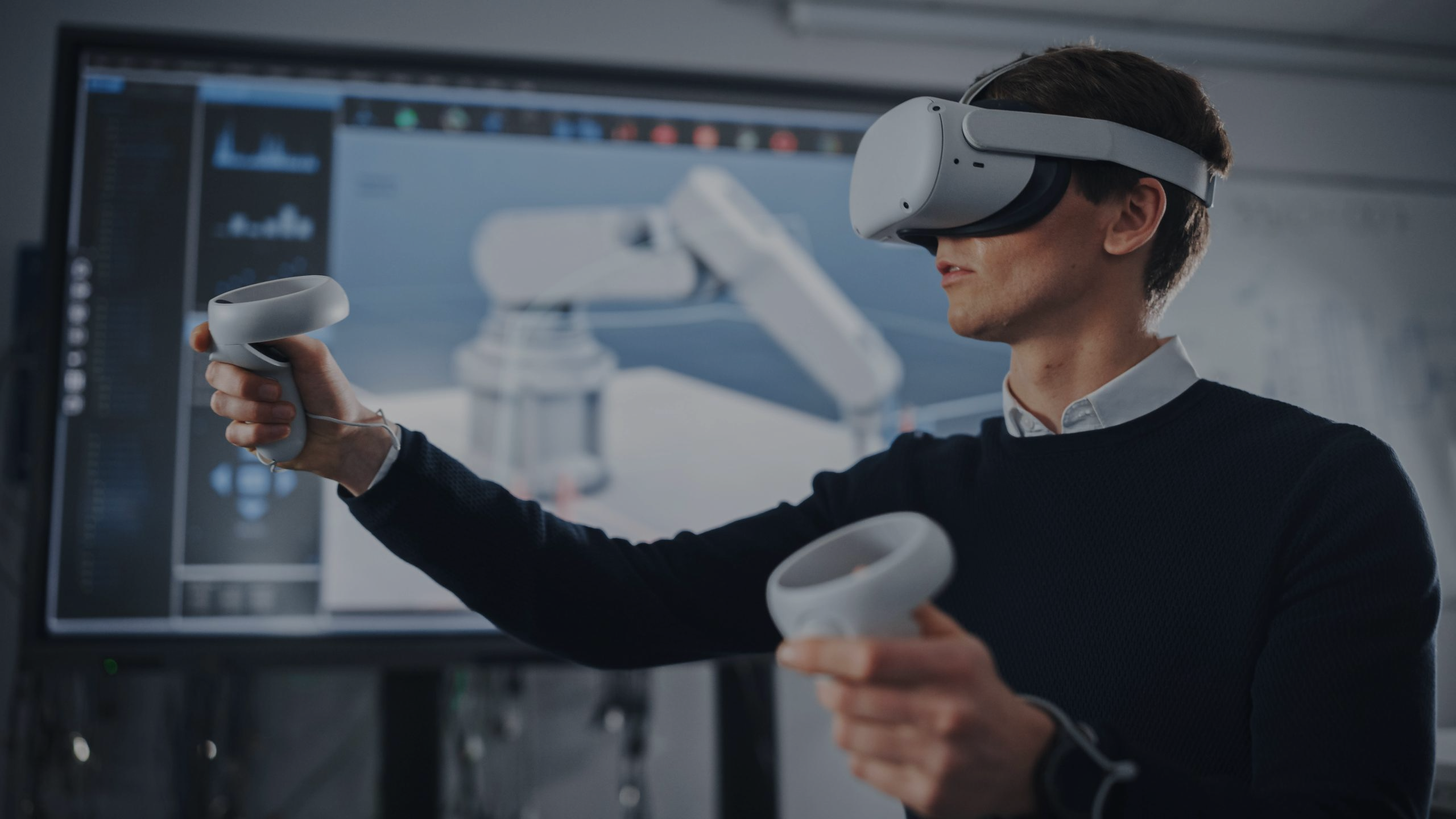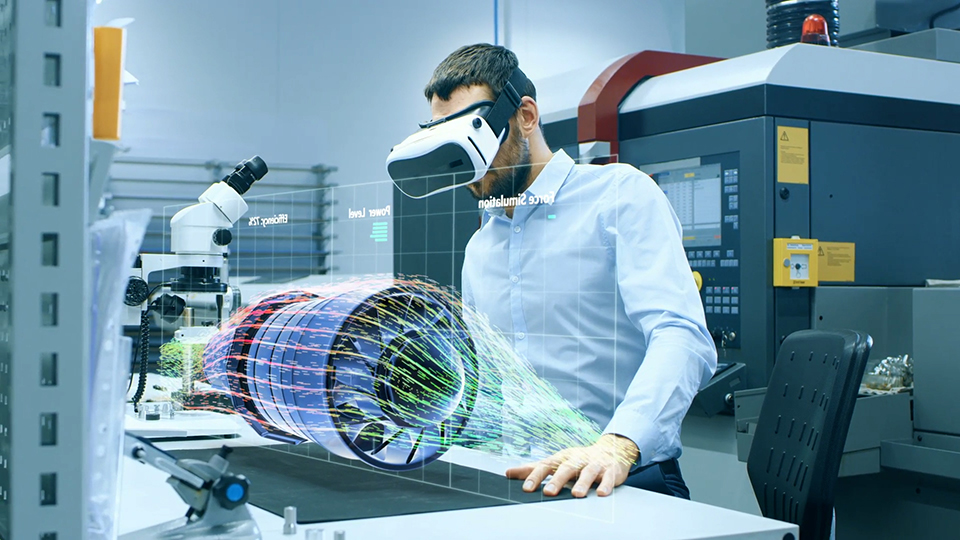Key Takeaways
- AR’s application boosts manufacturing efficiency and healthcare precision. Microsoft’s HoloLens is versatile, and the future holds promise for remote collaboration.
- Avantier’s optical solutions enhance AR performance, offering custom services for industry needs.
AR Applications
Augmented Reality (AR) devices are hardware devices that allow users to experience augmented reality. AR overlays digital content onto the real world, enhancing the user’s perception of reality. AR can be used on mobile devices, such as smartphones and tablets, to overlay information on top of the user’s view of the real world.

HoloLens Transforms Manufacturing and Healthcare AR Applications
The manufacturing industry has been quick to adopt AR devices for use in a range of tasks, from assembly to maintenance. By providing workers with real-time information, AR devices can help reduce errors, increase efficiency, and improve safety. Workers can use AR devices to access step-by-step instructions, identify parts, and view 3D visualizations of products, among other things.
In the healthcare industry, AR devices can be used in a variety of ways, such as to assist surgeons during procedures, provide medical training, and improve patient outcomes. AR technology can allow surgeons to see digital images of a patient’s anatomy overlaid on their real-world view, which can help them navigate complex procedures with greater accuracy and precision. Medical students can also use AR technology to visualize anatomy and learn about medical procedures in a more interactive way.
One example of an AR device in the market right now is the Microsoft(™) HoloLens(™). The HoloLens is a self-contained holographic computer that enables users to interact with digital content and holograms in the real world. It has been used in various industries, including manufacturing, healthcare, and education.

Enhancing AR with Precision Optics
In the future, the applications and use of AR devices are likely to expand. For example, AR devices could be used to enhance remote communication and collaboration, allowing people in different locations to share a common augmented reality space. AR devices could also be used to provide personalized shopping experiences, where customers can try on clothes or see how furniture would look in their homes. Additionally, AR devices could be used to enhance entertainment experiences, such as gaming or watching movies.
As an optical company, Avantier can provide optical components and systems that are essential to the performance of AR products. For example, we can develop and produce waveguides that are specifically designed for use in AR applications. You may ask me, what are waveguides? Waveguides are thin, transparent optical components that are used to guide light from a display to the user’s eyes. These waveguides can be designed to provide high resolution, color accuracy, and a wide field of view. And we can also provide optical coatings, which is Avantier’s key solution. Optical coatings can be used to enhance the performance of AR components such as waveguides, lenses, and mirrors. These coatings can reduce reflections, increase transmission, and enhance contrast, resulting in improved image quality and user experience. These are only two examples of how Avantier could work for the AR industry, please feel free to contact us for your custom optical services.
GREAT ARTICLE!
Share this article to gain insights from your connections!





